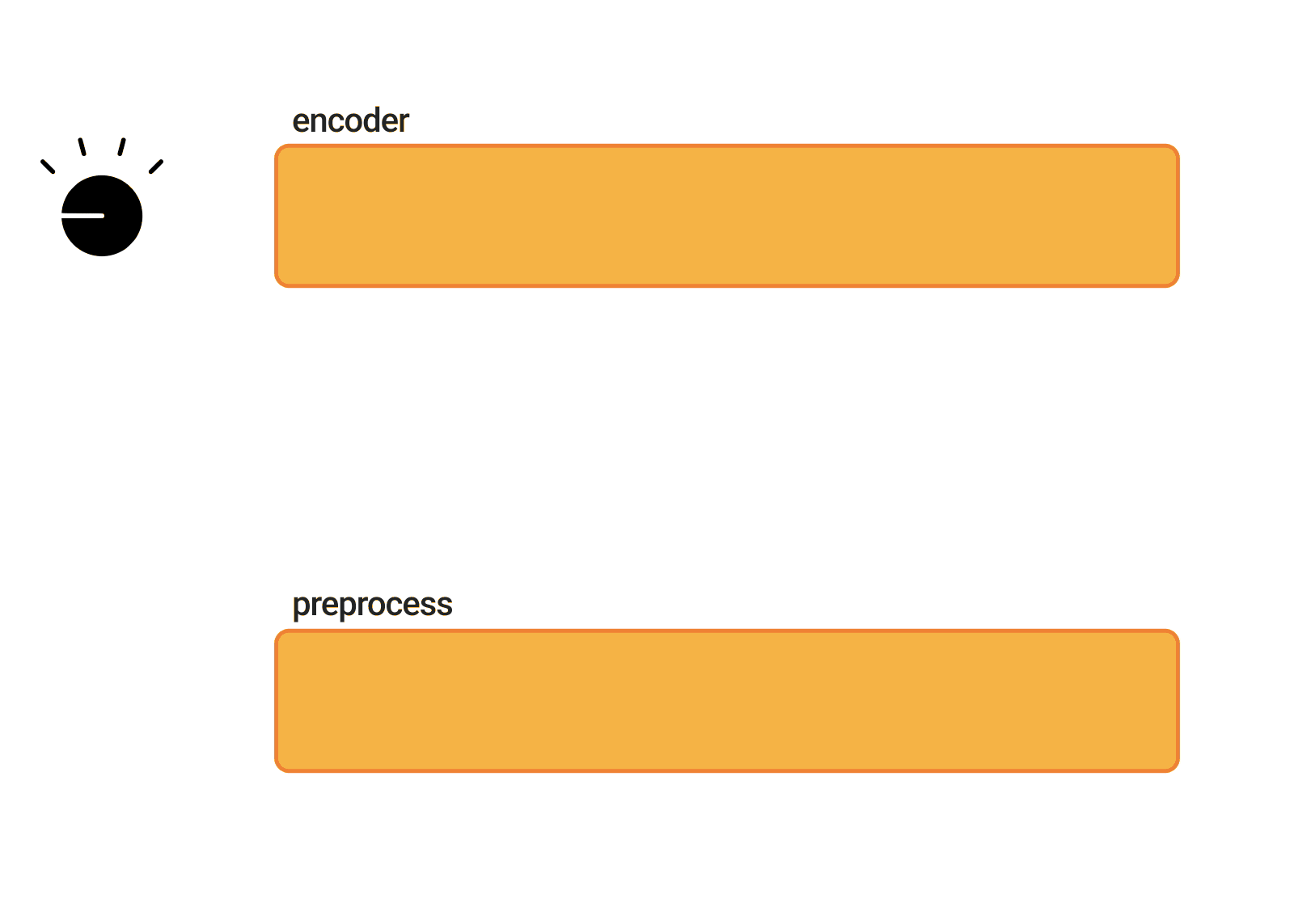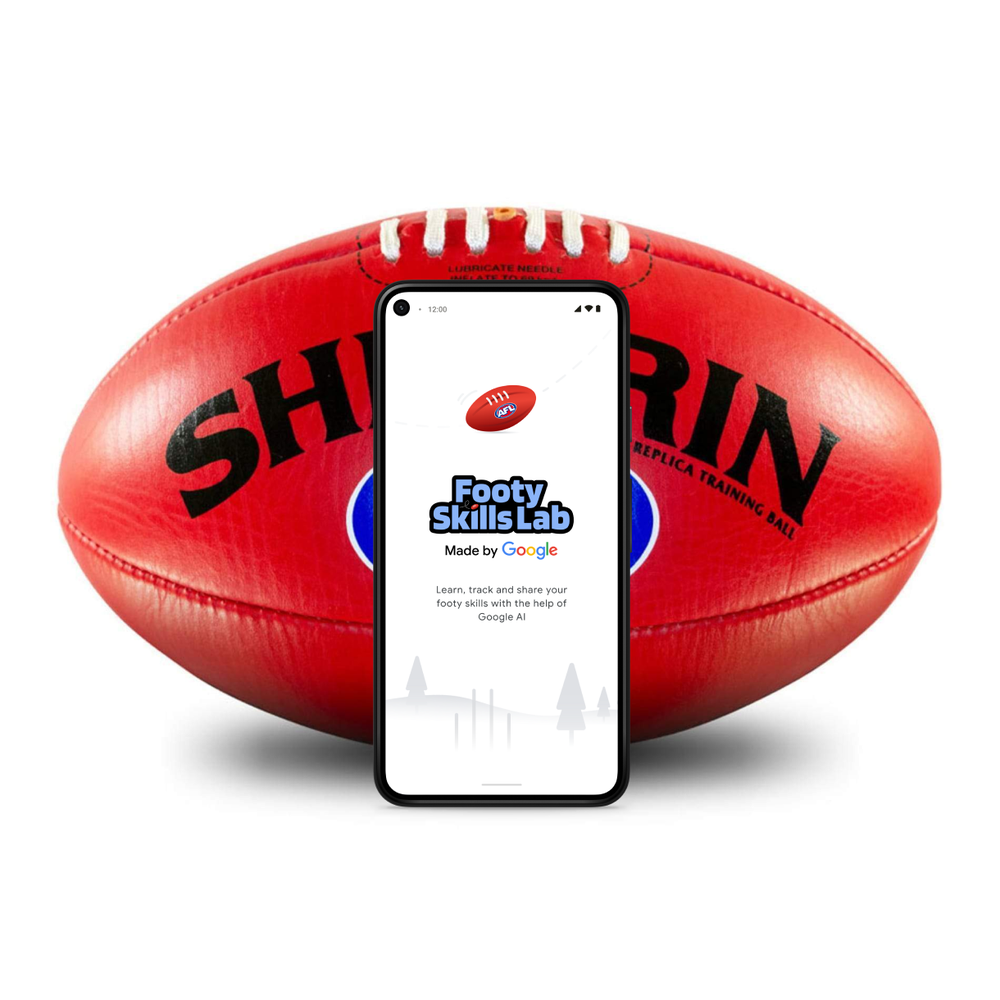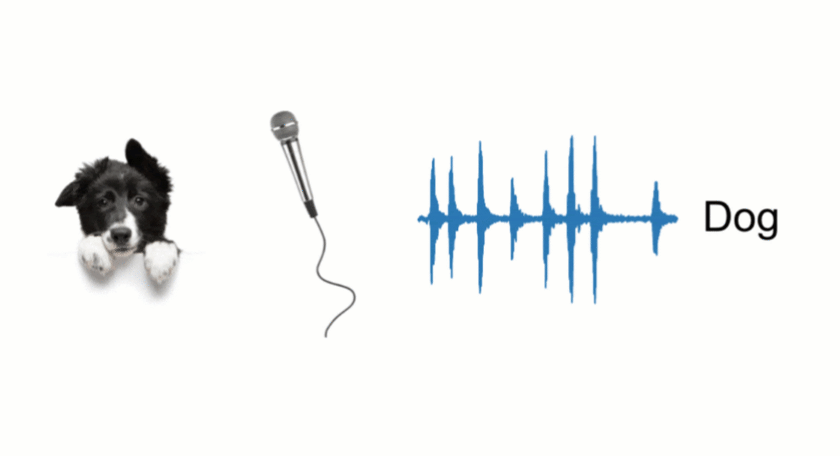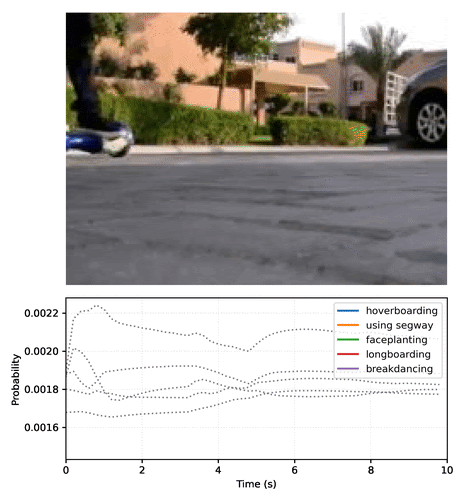
Posted by Luiz GUStavo Martins and Elizabeth Kemp on behalf of the TensorFlow Hub team
As a developer, when you’re faced with a challenge, you might think: “How can I solve this?”, or, “What is the right tool for the job?” For a growing number of situations, machine learning can help! ML can solve many tasks that would be very challenging using classical programming, for example: detecting objects in images, classifying sound events, or understanding text.
But training machine learning models may take a lot of time, use large amounts of data, require deep expertise in the field, and be resource intensive. What if instead of starting from scratch, someone has already solved the same problem you have? Or at least solved a very similar problem that could give you a good starting point? This is where TensorFlow Hub can help you!
TensorFlow Hub is an open repository of pre-trained machine learning models ready for fine-tuning and deployable anywhere, from servers to mobile devices, microcontrollers and browsers.
Developers are using models available from TF Hub to solve real world problems across many domains, and at Google I/O 2021 we highlighted some examples of developers changing the world using models from TensorFlow Hub.
In this article, we’ll cover these use cases as well, with links so you can check them out.
Images
Image classification is one of the most popular use cases for machine learning. The development of this field helped the whole of machine learning by showing very good results and pushing the boundaries of research.
TensorFlow Hub has many models for the image problem domain for tasks like image classification, object detection, image segmentation, pose detection, style transfer and many others.
Many of the available models have a visualizer, like the one below, right on their documentation page, enabling you to try the model without any code or downloading anything.
TFHub makes Transfer Learning simpler and easier to experiment with many state of the art models like MobilenetV3, EfficientNet V2 to find the best one for your data. A real world use case can be seen in this CropNet tutorial to create the best model possible to detect diseases in cassava leaves and deploy it on device for use in the field.
Text
Understanding text has always been a very challenging task for computers because of all the context that is necessary, and the large number of words and phrases. Many state of the art Natural Language Processing (NLP) models are available on TensorFlow Hub and ready for you to use.
One example is the BERT family of models. Using them from TFHub is easier than ever. Aside from the base BERT model, there are more advanced versions and in many languages ready to be used like you can see here in Making BERT Easier with Preprocessing Models From TensorFlow Hub.
One good example is the MuRIL model that is a multilingual BERT model trained on 17 Indian languages used by developers to solve local NLP challenges in India.
 |
| An animation of the preprocessing model that makes it easy for you to input text into BERT. |
Developers can also use the TF Hub spam detection model for detecting spam comments in online forums. The model is available for TF.js and TFLite for running in the browser and on-device.
Audio
TF Hub has many audio models that you can use on desktop, for on-device inference on mobile devices, or on the web. There are also audio embedding models that can be used with transfer learning which you can adapt to your own data.
Developers are using audio classification to understand what’s happening on a forest (How ZSL uses ML to classify gunshots to protect wildlife) or inside the ocean (Acoustic Detection of Humpback Whales Using a Convolutional Neural Network) or even closer to us, understanding what is happening in your own home (Important household sounds become more accessible).
Video
Video processing is increasingly important and TensorFlow Hub also has models for this domain like the MoViNet collection that can do video classification or the I3D for action recognition.
TFHub also has tutorials for Action recognition, Video Interpolation and Text-to-video retrieval.
Summary
Reusing code is usually better than re-writing it. The same applies to machine learning models. If you can use a pre-trained model for a task, it can save you time, resources, and help you make an impact in the world. TensorFlow Hub has thousands of models available for you to deploy or customize to your task with transfer learning.
If you want to know more about how to use TensorFlow Hub and find great tutorials, check out the documentation at tensorflow.org/hub. To find models for your own real world impact, search on tfhub.dev.
Let us know what you build and also share with the community. You can talk to the team on the TensorFlow Forum and find a community that is eager to help!
Read More






